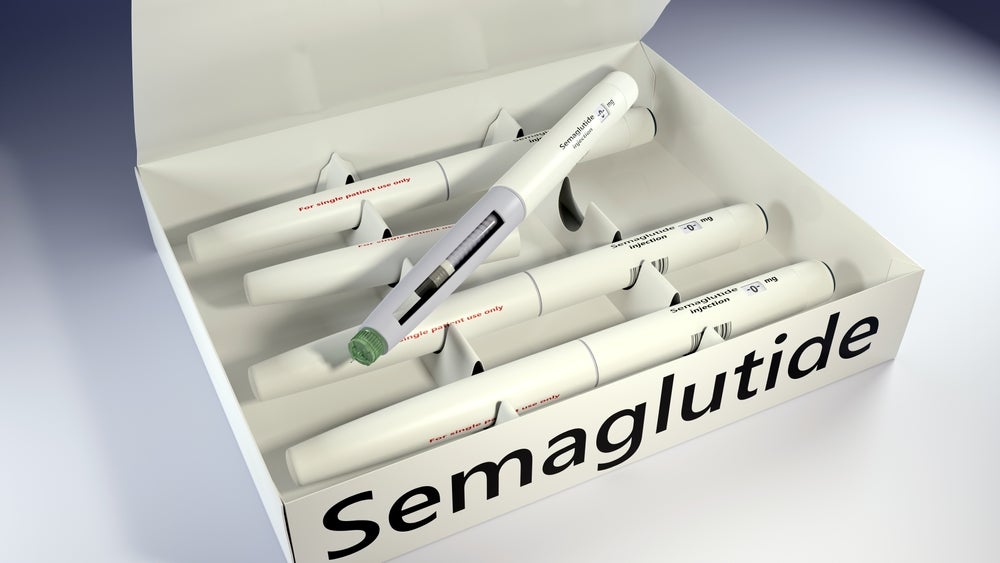
At the American College of Cardiology’s 73rd Annual Scientific Session in early April 2024, a study by Gangavelli and colleagues was presented investigating the rates of heart failure hospitalisations (HFH) in heart failure with preserved ejection fraction (HFpEF) patients and diabetes patients on semaglutide. Semaglutide is a glucagon-like peptide-1 receptor agonist (GLP-1RA) developed by Novo Nordisk, sold as Ozempic for type 2 diabetes (T2D), Wegovy for obesity and Rybelsus (in an oral form) for T2D.
Due to its highly efficacious clinical data in weight loss, the drug has achieved significant uptake from patients and physicians, becoming the leading GLP-1RA in the T2D and obesity markets. Semaglutide has been shown to reduce symptoms and increase weight loss in patients with HFpEF. The study by Gangavelli and colleagues investigated the effects of semaglutide on HFH and the need for outpatient intravenous (IV) diuresis in patients with HFpEF.
Rates of HFH 1.74-fold lower in semaglutide recipients
The retrospective cohort study included patients with HFpEF and diabetes mellitus (DM) who were seen from 2020 to 2022 and then followed until 31 December 2022. 3,434 patients were seen. 268 semaglutide recipients were matched to non-recipients aged between 62 and 16 years, 69% female, 94% Black, with a body mass index [BMI] of 39 plus or minus 12.
During a mean follow-up of 26 months, rates of HFH were 1.74-fold (a 95% confidence interval [CI] 1.05–3.1) lower in semaglutide recipients compared to non-recipients (54.75 versus 95.77 per 1000 patient-years, p=0.022). In the diuretic clinic, the rates of IV diuresis were 2.28-fold (95% CI 2.04–2.55) lower in semaglutide recipients compared to non-recipients (568.4 versus 1298.5 per 1000 patient-years, p=<0.001). Rates of all-cause hospitalisation for semaglutide recipients were similar to those for non-recipients (rate ratio=0.94; 95% CI 0.77–1.14)
Less need for outpatient IV diuresis
Patients with HFpEF and DM (particularly T2D) who were prescribed semaglutide experienced lower rates of HFH and had less need for outpatient IV diuresis. An increasing amount of strong clinical data demonstrates the role of semaglutide in treating T2D, obesity, HF and chronic kidney disease, suggesting that it is likely to become an important therapy in the increasing prevalence of metabolic syndrome. Based on its increasing use in T2D and obesity, as well as the data to support its use to treat HF, GlobalData predicts that semaglutide will continue to be the market-leading GLP-1RA and will experience significant growth in market sales, particularly towards the end of the 2020s..
See Also:
How well do you really know your competitors?
Access the most comprehensive Company Profiles on the market, powered by GlobalData. Save hours of research. Gain competitive edge.

Thank you!
Your download email will arrive shortly
Not ready to buy yet? Download a free sample
We are confident about the unique quality of our Company Profiles. However, we want you to make the most beneficial decision for your business, so we offer a free sample that you can download by submitting the below form
By GlobalData



